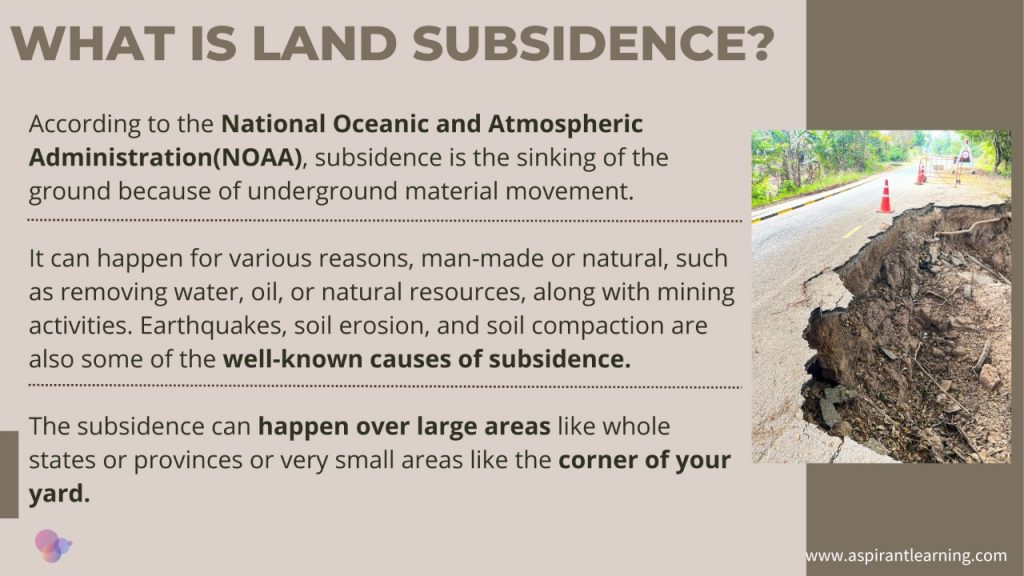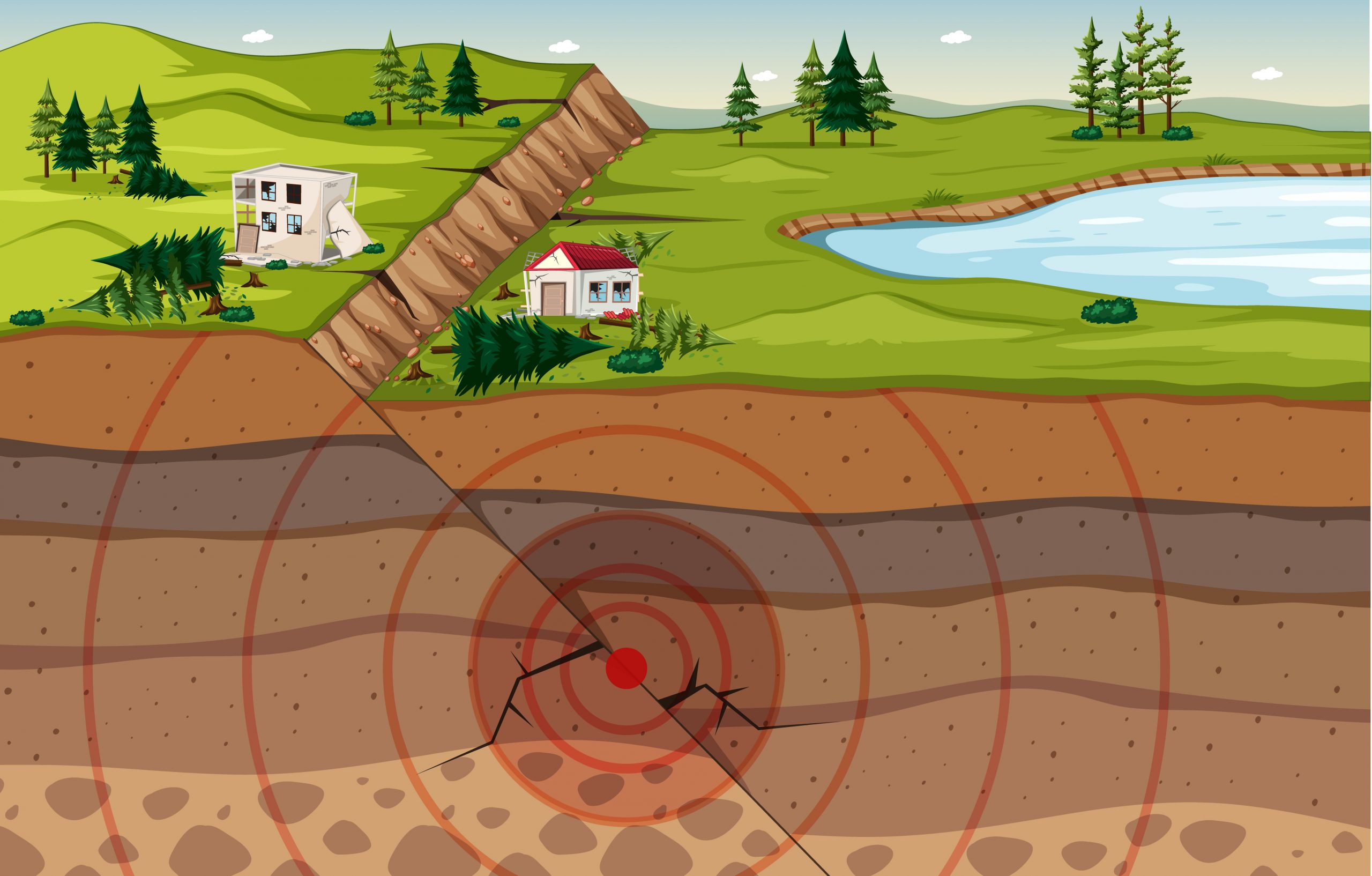News Highlights:
Recently, due to land sinking in Joshimath town in Uttarakhand, nearly 723 houses in the nine wards have developed major or minor cracks on the floors, ceilings and walls.
Key Takeaway:
- Beams had been dislodged in many houses.
- In response, 145 families have been temporarily moved to safer locations within the town.

Uttarakhand’s Joshimath town:
- About:
- Joshimath, also known as Jyotirmath, is a city and a municipal board in Chamoli District in Uttarakhand
- A hilly town located on the Rishikesh-Badrinath National Highway (NH-7) which serves as a tourist town as it acts as an overnight rest stop for people visiting Badrinath, Auli, Valley of Flowers, and Hemkund Sahib, among other important religious and tourist locations in the state.
- Joshimath is also of great strategic importance to the Indian armed forces and is home to one of the Army’s most important cantonments.
- Joshimath lies on an ancient landslide, resting on a deposit of sand and stone, not rock.
- It is home to one of the four cardinal math or monasteries established by Adi Shankara – Sringeri in Karnataka, Dwarka in Gujarat, Puri in Odisha and Joshimath near Badrinath in Uttarakhand.
Joshimath Sinking:
- Reason for sinking:
- Joshimath is a deposit of sand and stone; it is not the main rock, hence it was not suitable for a township.
- Vibrations produced by blasting, heavy traffic, etc., have led to a disequilibrium in natural factors.
- Lack of proper drainage facilities also leads to landslides.
- A lot of water has been percolating down into the porous crystalline rocks beneath the surface, softening them further.
- When water is not allowed to flow down its natural course, it creates a lot of pressure, either over the ground or underneath.
- The existence of soak pits, which allow water to slowly soak into the ground, is responsible for the creation of cavities between the soil and the boulders.
- This leads to water seepage and soil erosion.
- Issues with Town planning of Joshimath:
- Over tourism:
- The place is now the hub of tourists headed to at least three important shrines — Badrinath, Hemkund Sahib and Shankaracharya temple — as a result of which major infrastructure development has taken place.
- Topography:
- There are lots of loose soft rocks, moraine (material left behind by retreating glaciers), and sediments. The soil is, therefore, not ideal for large constructions.
- Earthquake Zone:
- Added to this is the fact that the area falls in a highly seismic zone and experiences regular tremors, making the topsoil unstable.
- Over tourism:
- How to overcome:
- Experts recommend a complete shutdown of development and hydroelectric projects in the region.
- To relocate the residents to a safer place and then reimagine the town’s planning to accommodate the new variables and the changing geographical factors.
- The city is suffering from poor drainage and sewer management as more and more waste is seeping into the soil, loosening it from within.
- The irrigation department has been asked by the state government to look into the issue and create a new plan for the drainage system.
- Experts have also suggested replantation in the region, especially at the vulnerable sites, to retain soil capacity.
- There is a need for a coordinated effort between the government and civil bodies with the aid of military organizations like the Border Roads Organisation (BRO) to save Joshimath.
- Weather forecasting technology that can warn people of local events, and coverage needs to be improved.
- Needs for scientific studies more seriously which clearly spell out the reasons for the current crisis. Only then will the state put an end to its development frenzy.
Pic Courtesy: Freepik
Content Source: The Hindu



